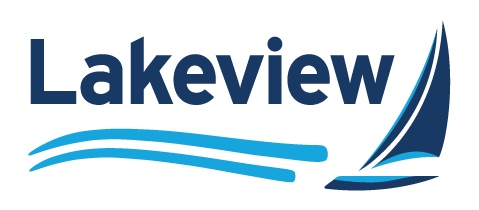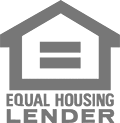What is home equity and how can you use it?
“Home equity” is a term that gets used a lot, but many people don’t really understand what it means and how it can be used as a financial tool. So, we’re providing answers to frequently asked questions to help you decide if it’s an option worth exploring for your financial needs.
What is home equity?
Your home equity is your home’s current market value less your mortgage balance and any existing home equity line or loan balances you may have.
Example
Home value: $500,000
Mortgage balance – $275,000
–––––––––––––––––––––––––––––––––––
Home equity = $225,000
How much of my home equity can I borrow?
Lenders will calculate your combined loan to value (CLTV) when determining how much of your equity you may be able to borrow against. CLTV compares your total home-related debt to the value of your home. Lenders usually limit CLTV to no more than 70% to 85% of your home’s value.
To estimate how much home equity you may be able to borrow, first multiply your home value by the lender’s maximum allowed CLTV percentage. Then subtract your mortgage balance from that amount. The result is how much equity you may be able to borrow against.
Example
Home value: $500,000
Current mortgage balance: $275,000
––––––––––––––––––––––––––––––––––––––––––––––––––––––––––––
Step 1: $500,000 x .85 (CLTV) = $425,000
Step 2: $425,000 – $275,000 = $150,000 = amount of equity you may be able to borrow against
How can I borrow using my home equity?
There are three common ways to leverage home equity as a financing tool. All usually offer lower interest rates than other forms of financing, like credit cards or personal loans.
- Home Equity Lines of Credit (HELOC) are revolving lines of credit — meaning you can use funds as you need them (up to your line limit) and, as you pay down your balance, funds become available to use again. HELOCs let you access funds during a draw period (often 10 years), followed by a repayment period (often 20 years) when you can’t withdraw funds and must pay off your balance in full. During the draw period, you’ll make interest-only payments on the funds you withdraw. Most HELOCs have variable interest rates, but may offer the option to lock in a fixed rate on part of your balance.
- Home Equity Loans provide you with a single lump sum. These loans usually offer the stability of a fixed interest rate and a fixed monthly payment that lets you pay off the full balance within a specific timeframe.
- Cash-Out Refinancing replaces your current mortgage with a new one that includes your previous mortgage balance and an additional amount for the home equity you want to borrow. You receive the home equity funds in a lump sum when you close on the new mortgage.
What can I use home equity financing for?
You can use home equity financing for nearly anything, including home improvements, managing debt, large or unexpected medical bills, and big-ticket items like a wedding. A line of credit is handy when you have expenses over time, while a loan or cash-out refinance is useful when you need a large sum of money all at once.
What are some home equity financing cautions?
You may want to avoid using your home equity to finance a lifestyle beyond your means or for large purchases that will quickly lose value. If you’re thinking of using home equity financing for a short-term need (e.g., limited to the next 24 months), check if there is a “recapture” fee before closing the account early.




